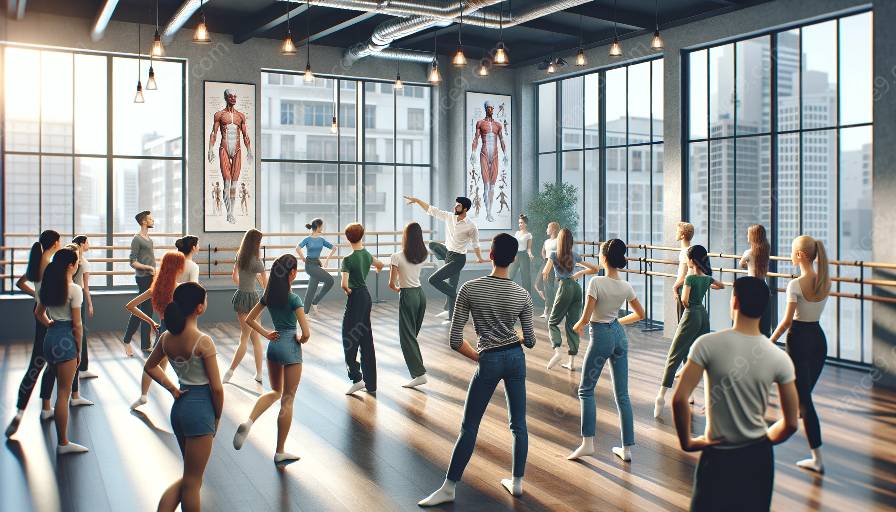Dance therapy and dance education are two interconnected fields that share commonalities and differences, yet both are integral to the practice and understanding of dance. In this exploration, we delve into the connections between dance therapy and dance education, considering how they intersect and how dance teaching methodologies play a crucial role in both areas of study.
Understanding Dance Therapy
Dance therapy, also known as dance/movement therapy, is a form of psychotherapy that uses movement and dance to support intellectual, emotional, and motor functions of the body. It is based on the premise that motion and emotion are interconnected, and through the movement, individuals can express and process their inner experiences. Dance therapists use dance and movement as a medium for communication, allowing individuals to explore and address their psychological and emotional challenges.
Exploring Dance Education
Dance education encompasses the teaching and learning of dance techniques, history, choreography, and performance. It fosters artistic expression, creativity, and physical fitness while providing a platform for students to develop their dance skills and knowledge. Dance education can occur in various settings, including schools, community centers, and professional dance studios, and it plays a vital role in nurturing a new generation of dancers and dance enthusiasts.
The Intersections
While dance therapy and dance education may seem distinct, their intersections are evident. Both fields are rooted in the power of movement and its impact on individuals' well-being. Dance therapy often incorporates educational elements, as individuals learn to express and understand their emotions through movement. Similarly, dance education can have therapeutic benefits by providing individuals with opportunities for self-expression and personal growth.
Furthermore, the principles of dance teaching methodologies contribute to the connections between dance therapy and dance education. Effective teaching methods in dance emphasize the importance of creating a safe, supportive, and inclusive environment for students. These principles align with the therapeutic aspect of dance, as both aim to promote holistic well-being and personal development through movement and expression.
Dance Teaching Methodologies
Dance teaching methodologies encompass various approaches and techniques used to impart dance knowledge and skills to students. They focus on pedagogical strategies, lesson planning, and assessment methods tailored to the needs and abilities of diverse learners.
In the context of dance therapy and education, effective teaching methodologies are essential for facilitating growth, learning, and personal transformation. They not only guide students in mastering dance techniques but also foster self-confidence, emotional awareness, and interpersonal skills. By integrating supportive and inclusive teaching practices, educators and therapists can create environments conducive to both learning and healing.
Role in Dance Education and Training
The connections between dance therapy, dance education, and teaching methodologies have a significant impact on dance education and training. Educators and trainers are increasingly recognizing the value of incorporating therapeutic elements into their teaching practices, acknowledging the holistic benefits of dance for students' physical, emotional, and cognitive well-being.
By leveraging dance teaching methodologies that align with therapeutic principles, educators can create enriching learning experiences that support students' artistic development and personal growth. These methodologies promote individualized instruction, creative exploration, and self-expression, contributing to a comprehensive approach to dance education and training.
Conclusion
Ultimately, the connections between dance therapy and dance education are multifaceted. Both fields are united by the transformative power of movement and the ability to enhance individuals' lives through dance. By understanding these connections and the impact of dance teaching methodologies, we can cultivate an inclusive and empowering environment that fosters personal growth, artistic expression, and well-being within the realm of dance education and training.















